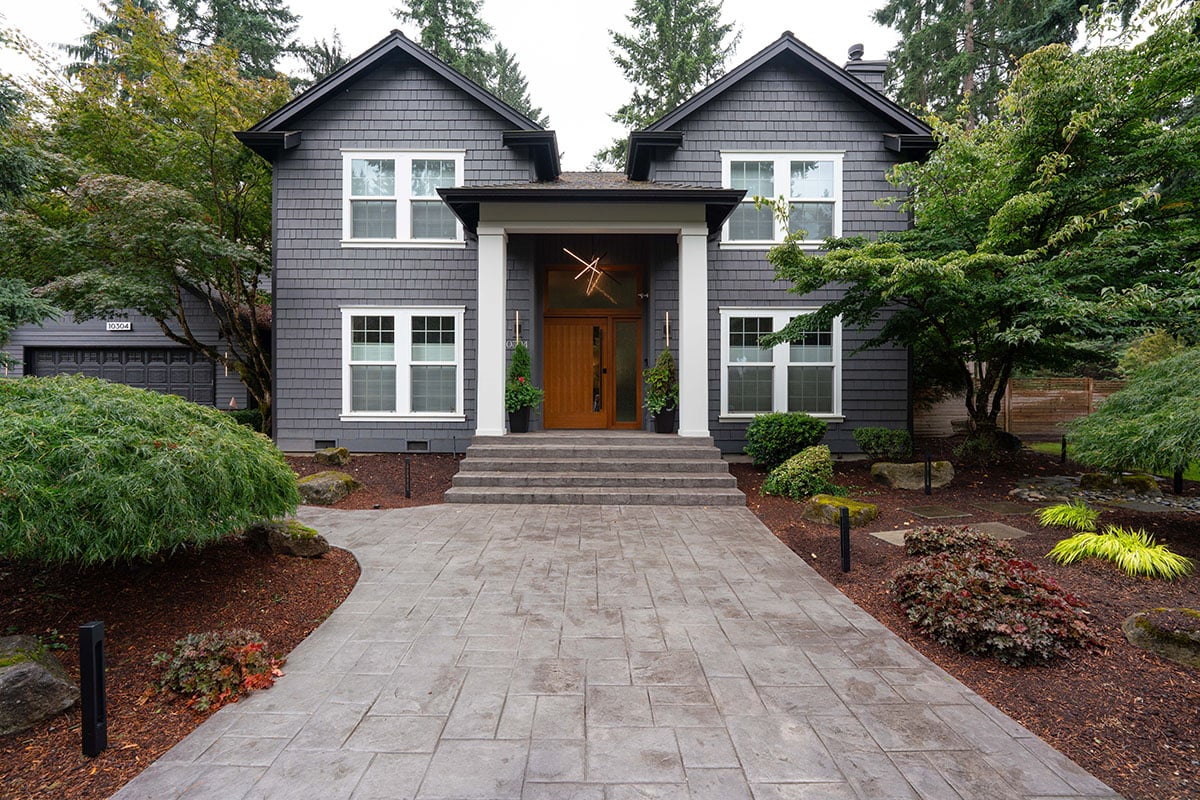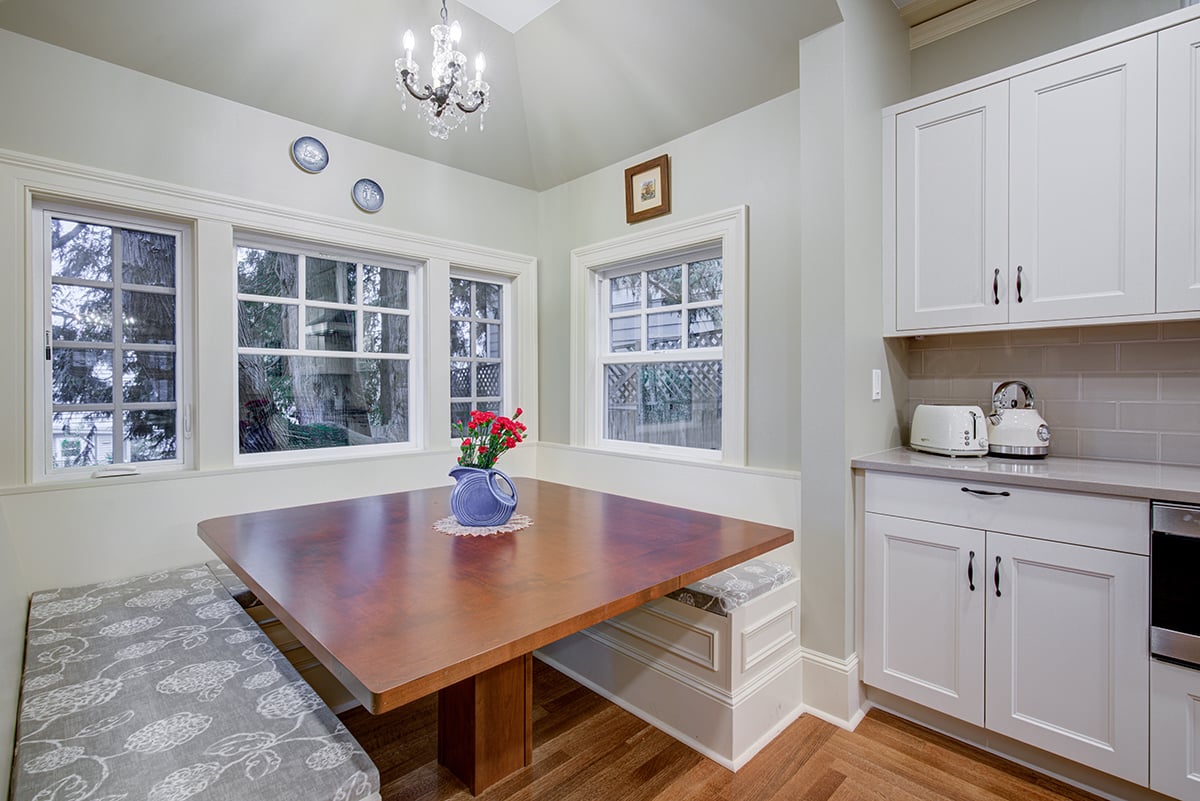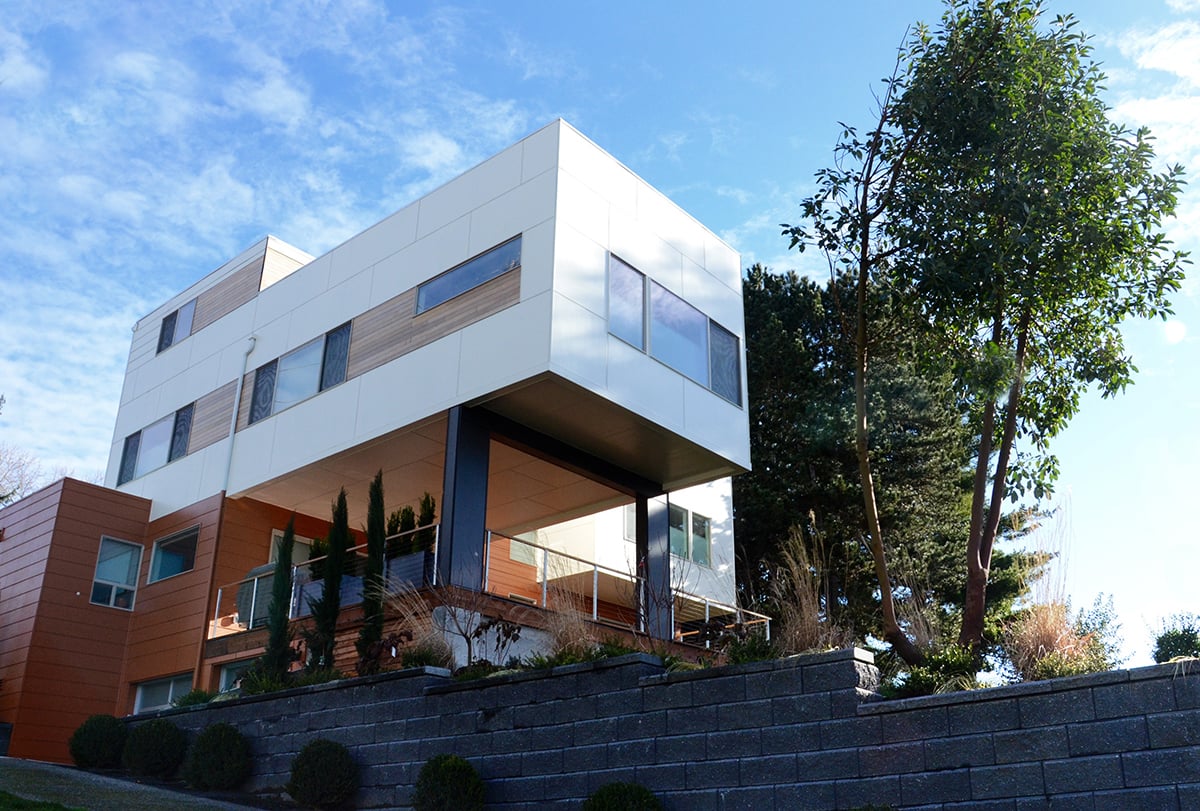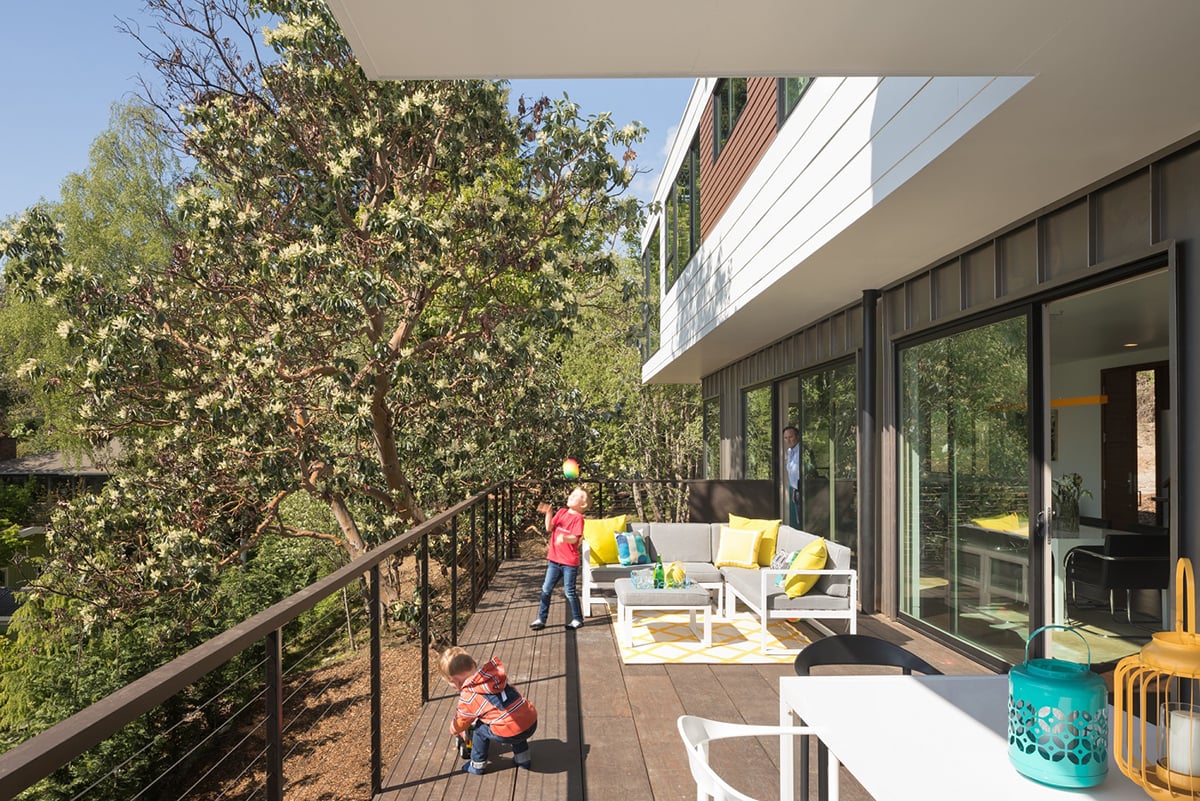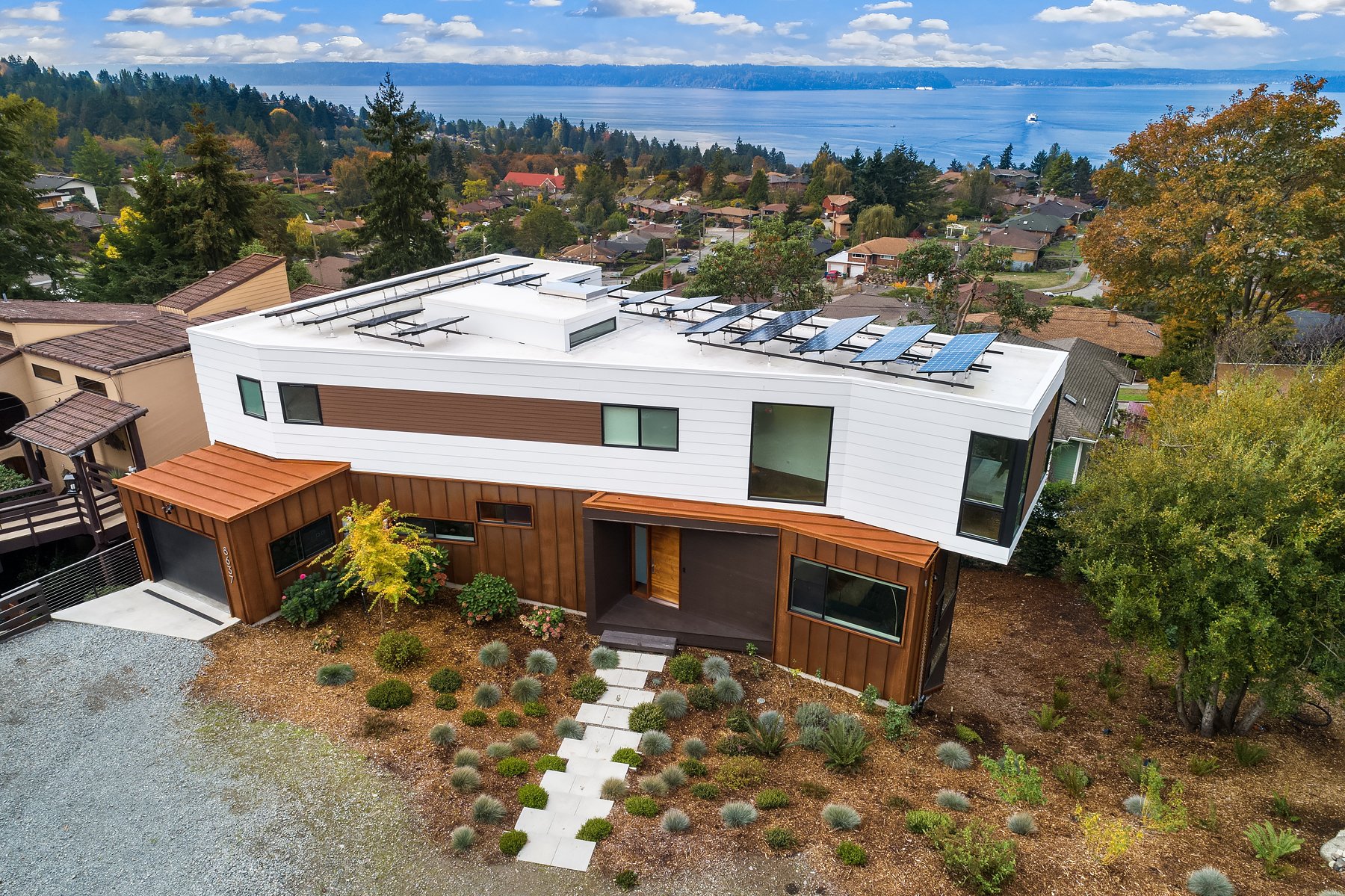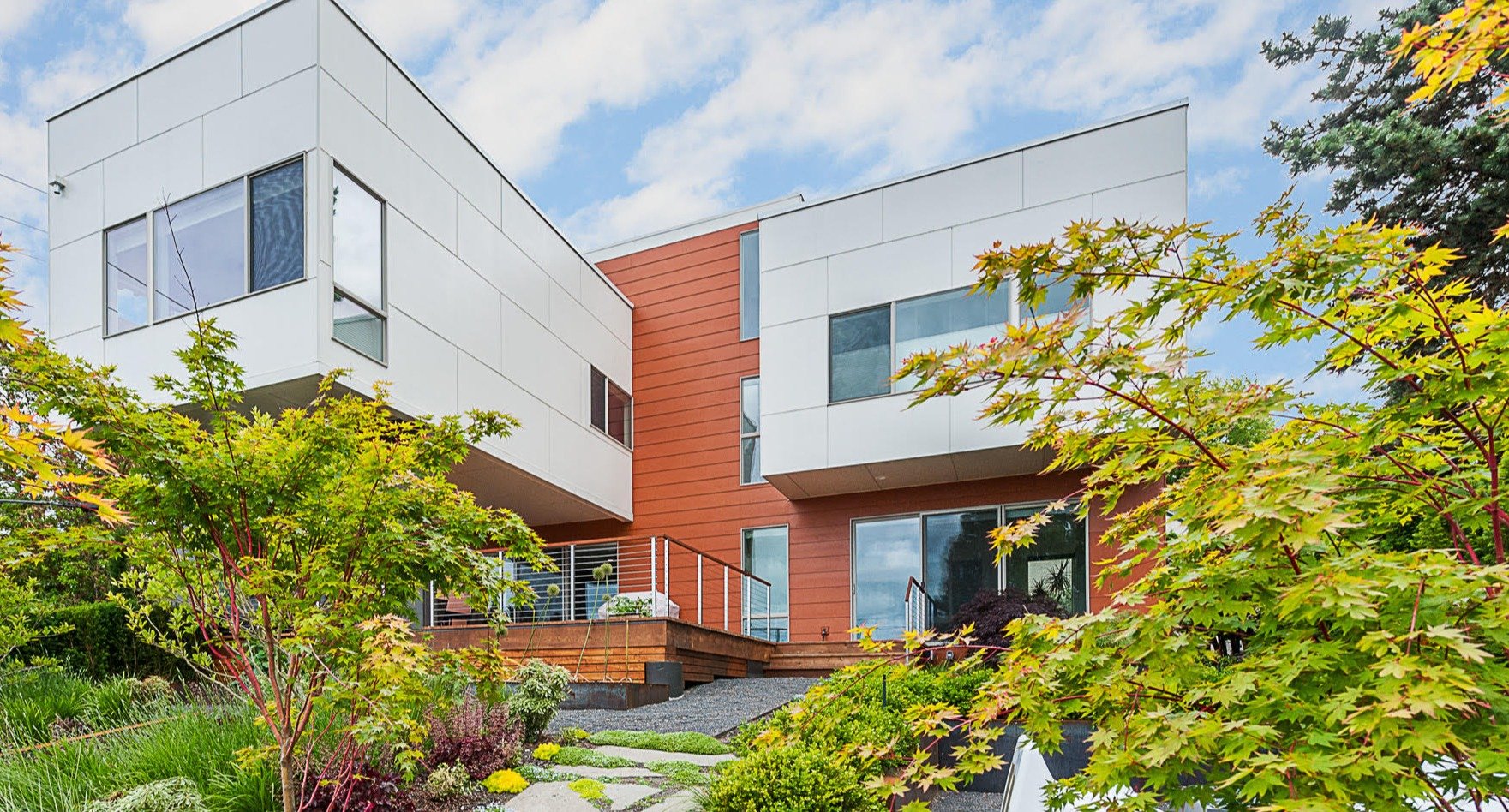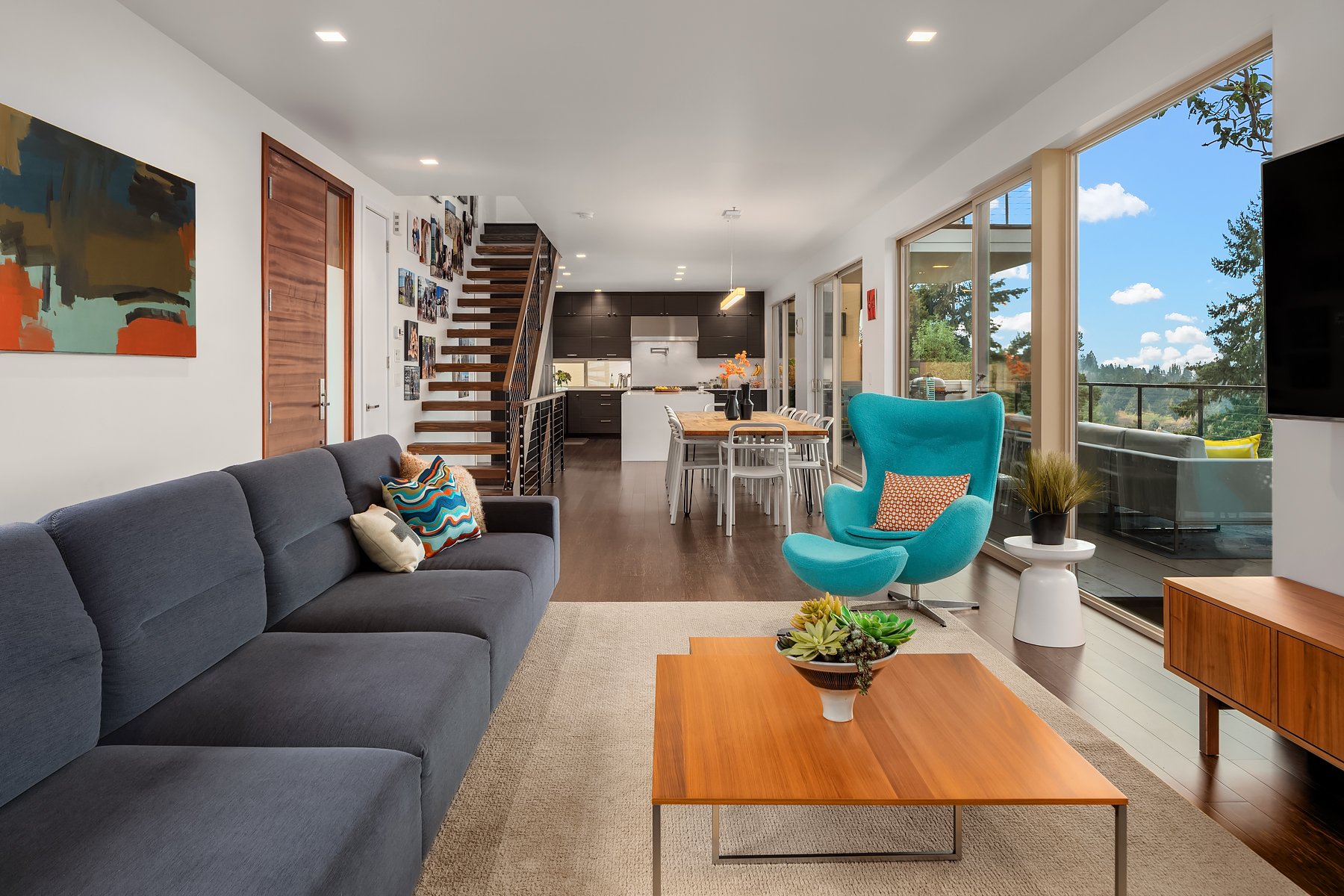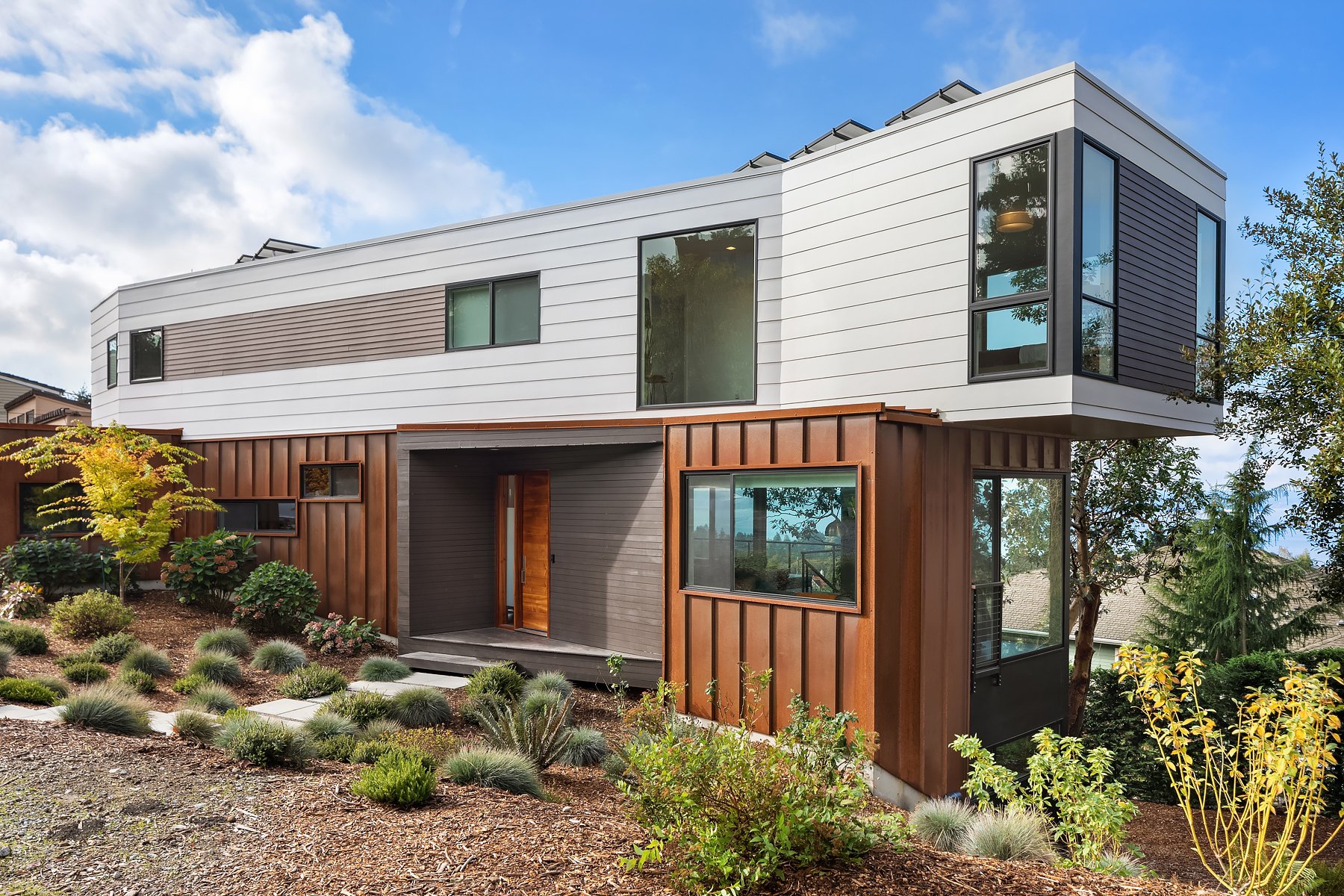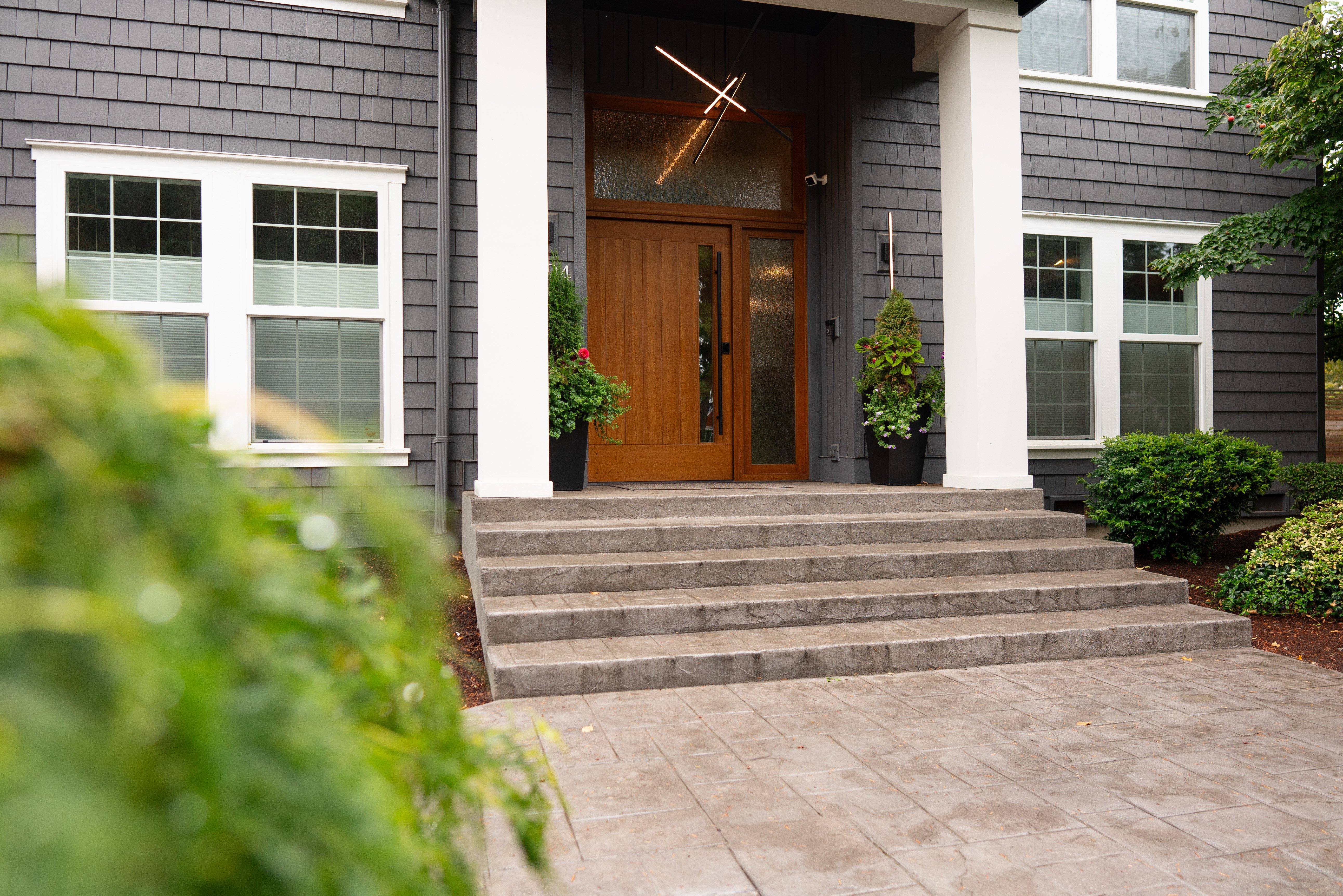Congratulations! You've partnered with a quality home builder and embarked on the exciting journey of building your dream home. You've diligently budgeted for the construction costs and planned everything out with your general contractor, but have you considered the long-term operating and maintenance expenses for a new home?
In this article, we take a closer look at crucial aspects of operational and maintenance costs that homeowners should factor into their new home construction budget from the outset.
How Material Selection Impacts Home Maintenance Costs
Though all houses require upkeep, it’s important to consider the time and money you may need to invest in maintaining your new house. While longer-lasting material costs often come with a higher initial price tag, they can save you money in the long run by requiring less frequent replacement.
One of the biggest benefits of building a custom home is having the freedom to choose those materials from the start. Here are a few key considerations to keep in mind as you evaluate material costs. It’s important to think beyond the initial price tag and account for the upkeep your selections will require over time.

Exterior Finishes That Affect Long-Term Maintenance Costs
Windows & Doors
Selecting the right building materials for your windows and doors can significantly impact maintenance costs. Wood windows and doors, while aesthetically pleasing, require periodic repainting and meticulous upkeep due to their susceptibility to environmental conditions. In contrast, vinyl, fiberglass, or metal frames offer lower maintenance requirements and greater durability over time.
Roofing
The choice between pitched and flat roofing for your custom home also influences the average maintenance costs. Pitched roofs generally require less maintenance, as debris is less likely to accumulate than on flat roofs. Additionally, the material selection, such as metal roofing, can further reduce maintenance needs.
Siding
Opting for low-maintenance siding materials like cement board over natural wood can save both time and money in the long run. For siding, you may want to consider budgeting for a professional to come out and pressure wash your siding for you.
.jpg?width=1600&height=1067&name=willett-house-custom-build%20(73).jpg) Interior Materials and Finishes That Influence Maintenance and Upkeep
Interior Materials and Finishes That Influence Maintenance and Upkeep
Kitchen Countertop Material
Not all countertop materials are created equal when it comes to maintenance. Quartz is a great low-maintenance option because it resists staining and doesn’t require sealing, while marble, though beautiful, is porous and needs regular care to prevent etching and discoloration. Granite falls somewhere in between, offering durability but requiring periodic sealing. When choosing your countertop, consider how often you cook, whether you have kids or pets, and the time you're willing to spend on upkeep.
Backsplash & Tub/Shower Surround
Backsplashes and shower surrounds can add personality to a space, but they also affect day-to-day maintenance. Solid-surface backsplashes or fiberglass surrounds are easier to clean and maintain over time. Tile, on the other hand, offers endless design possibilities but comes with grout that needs regular cleaning and sealing to stay looking fresh. If you love the look of tile, it’s worth budgeting for the extra maintenance that comes with it.
Flooring & Wall Coverings
Flooring is another big factor in how easy your home is to live in. Vinyl and tile are tough, long-lasting choices that can stand up to heavy traffic, pets, and spills with little effort. Wood flooring is timeless and warm, but it requires more upkeep—especially in kitchens, bathrooms, or homes with dogs. The finish on wood floors can wear down quickly in high-use areas, and water exposure can cause damage if not managed carefully.
For walls, smoother textures and semi-gloss paint make cleaning fingerprints, scuffs, and smudges much easier. Just keep in mind that glossier finishes tend to highlight imperfections in drywall, so balance the look you want with the level of upkeep you’re comfortable with.
Lighting
When it comes to lighting, maintenance often depends on the type of fixture and bulb you choose. LED bulbs are long-lasting and energy-efficient, requiring far less upkeep than traditional options. Fixtures also make a difference—an ornate chandelier may look stunning but will need regular dusting and cleaning, while a simple globe or flush-mount fixture is easier to maintain.
Fireplace
Fireplaces can vary widely in their maintenance needs. Gas fireplaces are the most convenient and require minimal upkeep. Wood-burning fireplaces, while cozy and traditional, involve more work. The soot and creosote that build up inside the chimney need frequent cleaning to ensure safety and efficiency, so it’s important to factor in that ongoing care if you’re drawn to the charm of a wood fire.
Read more about chimney maintenance in this blog article, Chimney Maintenance 101: Don't Let Your Chimney Become a Fire Hazard.
Mechanical Systems and Their Impact on Home Operating Costs
HVAC Systems
Your heating and cooling system is one of the most significant factors in both comfort and long-term operating costs. The three main options for new homes are forced air, heat pumps, and radiant-hydronic or electric systems.
Radiant-hydronic systems typically require the least maintenance. At the other end of the spectrum, forced air systems need more attention. Filters must be replaced often, ductwork cleaned, and the furnace serviced regularly to keep everything running smoothly.
Here in the Pacific Northwest, more homeowners are choosing heat pumps. They’re energy-efficient, handle both heating and cooling, and can help reduce overall operating expenses compared to traditional systems.
Hot Water Heater
There are several types of water heaters to consider for your new home, including electric, gas, heat pump, tank, and tankless systems. Electric and gas models are often the simplest to maintain, while tankless water heaters can be more complex. Because they contain more parts, they’re prone to issues if not properly cared for, and manufacturers typically require an annual system flush to keep the warranty valid.
For long-term savings, energy-efficient models are worth the investment. Heat pump water heaters, in particular, offer the best balance of cost-effectiveness and performance over time, often lowering both maintenance needs and monthly operating expenses.
Choosing Appliances That Balance Energy Efficiency and Maintenance Costs
When selecting appliances, it’s important to think beyond style and price tags. Appliances are a long-term investment, and the choices you make will directly affect both your monthly energy bills and the amount of upkeep required over the years.
Energy-efficient models may come with a higher initial cost, but they typically pay for themselves over time. Not only do they consume less energy, but they also often require fewer repairs and have longer lifespans. For example, refrigerators and dishwashers with ENERGY STAR® ratings can significantly reduce operating costs while still offering the performance and features most families need.
That said, a higher price doesn’t always equal higher quality. Some of the most expensive brands can have reliability issues or costly replacement parts. Before purchasing, it’s worth reading independent reviews and checking consumer reports to see how different models actually perform in real homes. Prioritizing durability and efficiency over flashy extras will usually give you the best return on investment.
Learn how to successfully budget for your custom home build by reading this blog article, “Budgeting for a Custom Home? Here's Everything You Need to Know.”
Landscaping Choices That Reduce Ongoing Maintenance and Operating Expenses
A portion of your custom home build will require landscaping. Consider lower-maintenance options such as:
-
Replace a portion of your lawn with hardscaping, like pavers, brick, retaining walls, outdoor living spaces, and gravel or stone walkways.
-
Opt for easy-to-care-for perennials, native Seattle plants, shrubs, and ground covers.
-
Plant fewer trees for less maintenance, or low-maintenance trees that won’t drop debris and are prone to dying easily.
-
Automate watering by installing irrigation systems or design a rain garden that makes the rain work for you. Redirect storm runoff so that it waters the rest of the yard.
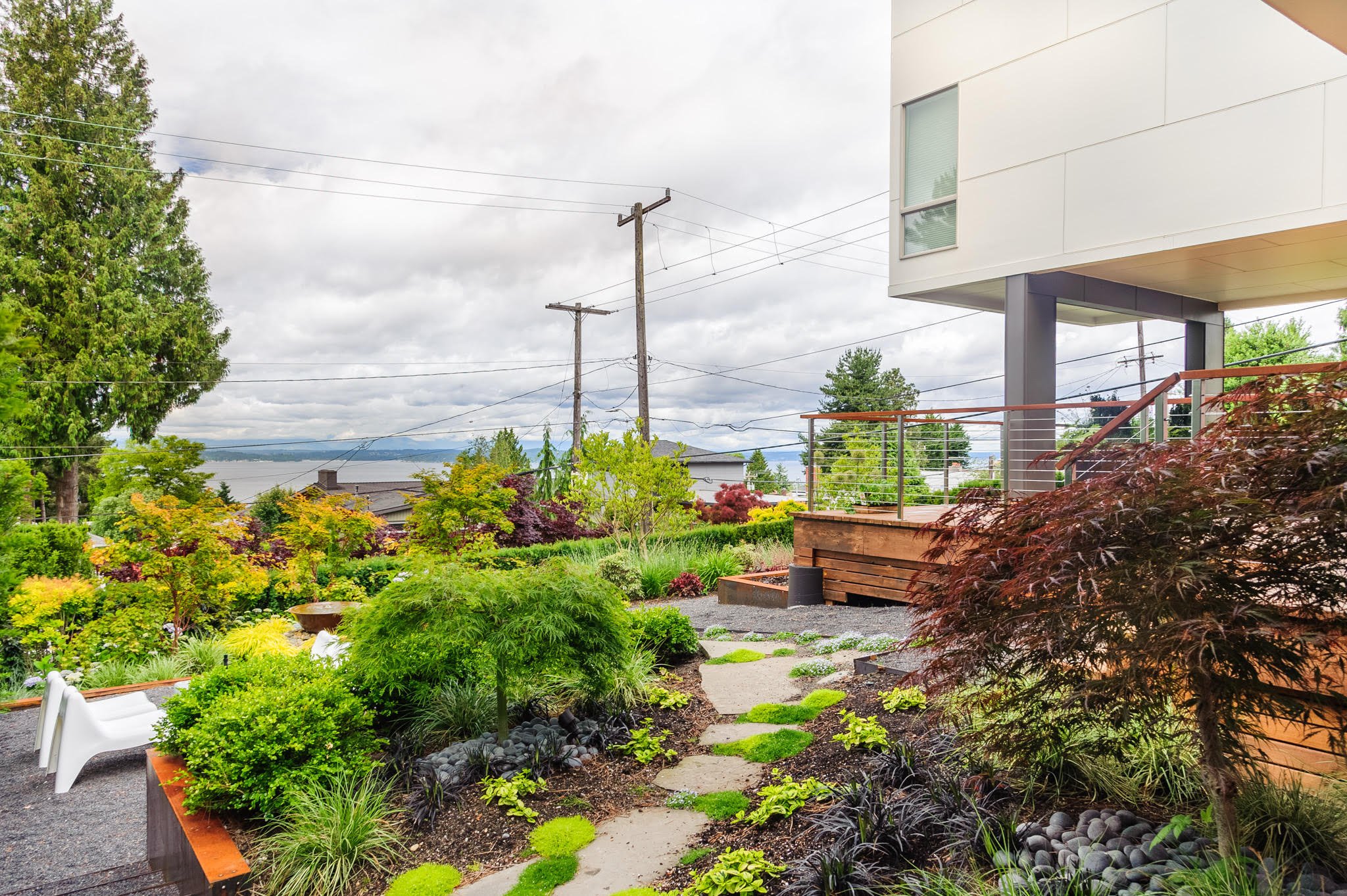
Planning for Future Home Maintenance and Operating Costs
Remember, the more square footage and the more complex your home’s design is, the more time and money you will have to invest in routine maintenance. As you plan your dream home, remember that proactively considering maintenance costs can help you make informed decisions and avoid future financial surprises.
Whether it's choosing low-maintenance materials or investing in energy-efficient appliances, prioritizing long-term sustainability can enhance your home's value and livability. By factoring in these operational and maintenance costs upfront, you'll ensure that your home-building process goes smoothly and your dream home remains a source of joy and comfort for years to come.
To learn more about average home building costs, check out this article about budgeting for your construction project. If you’re considering pursuing a new custom home, download our eBook, “How to Find the Perfect Custom Home Builder: A Guide to Creating Your Dream Home.”

.jpeg)
.jpg?width=1600&height=1067&name=willett-house-custom-build%20(115).jpg)

.jpg?width=1600&height=1067&name=40th-ave-sw-arbor-heights-kitchen-remodel%20(31).jpg)
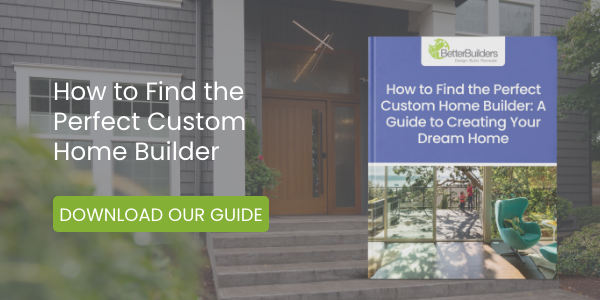
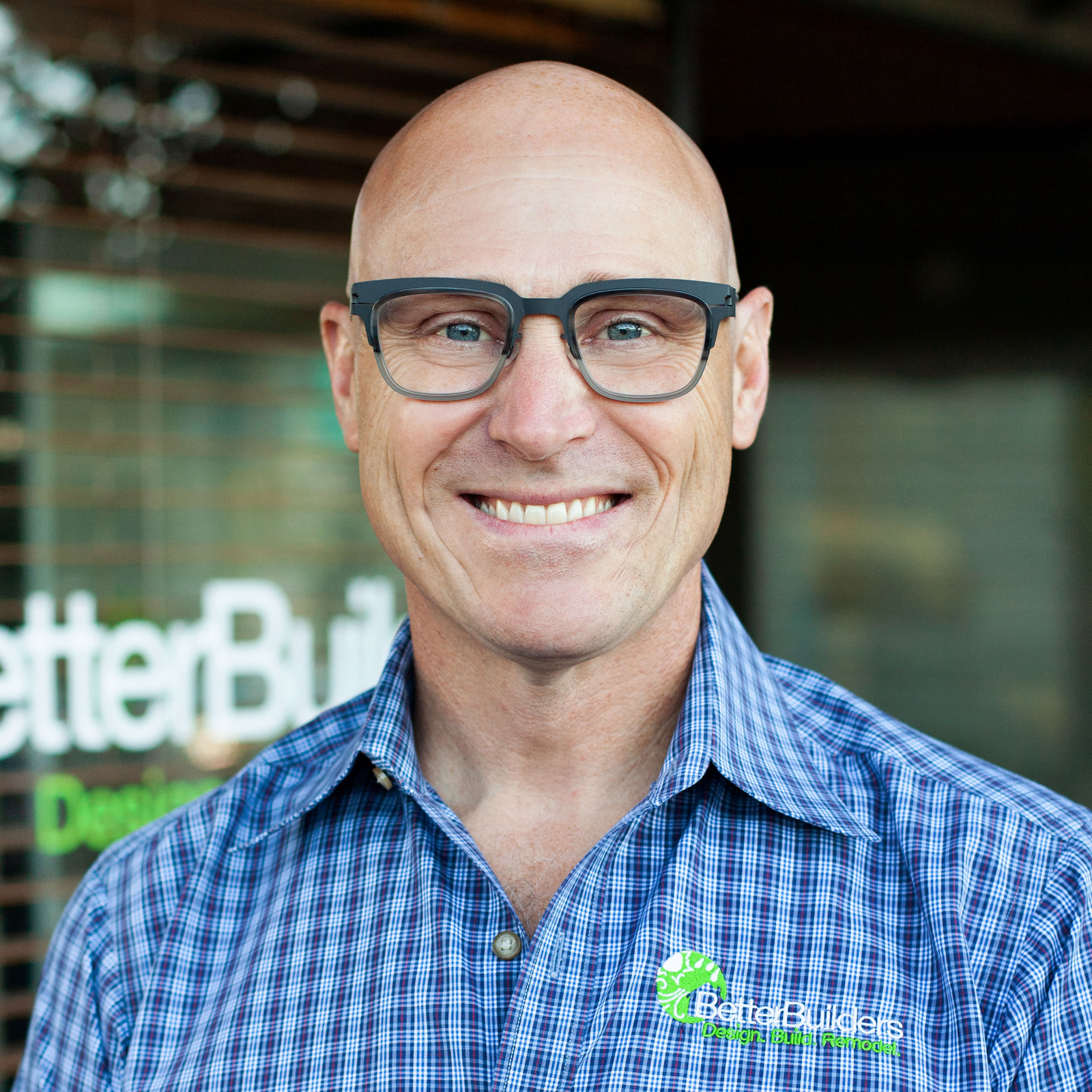
.png)

